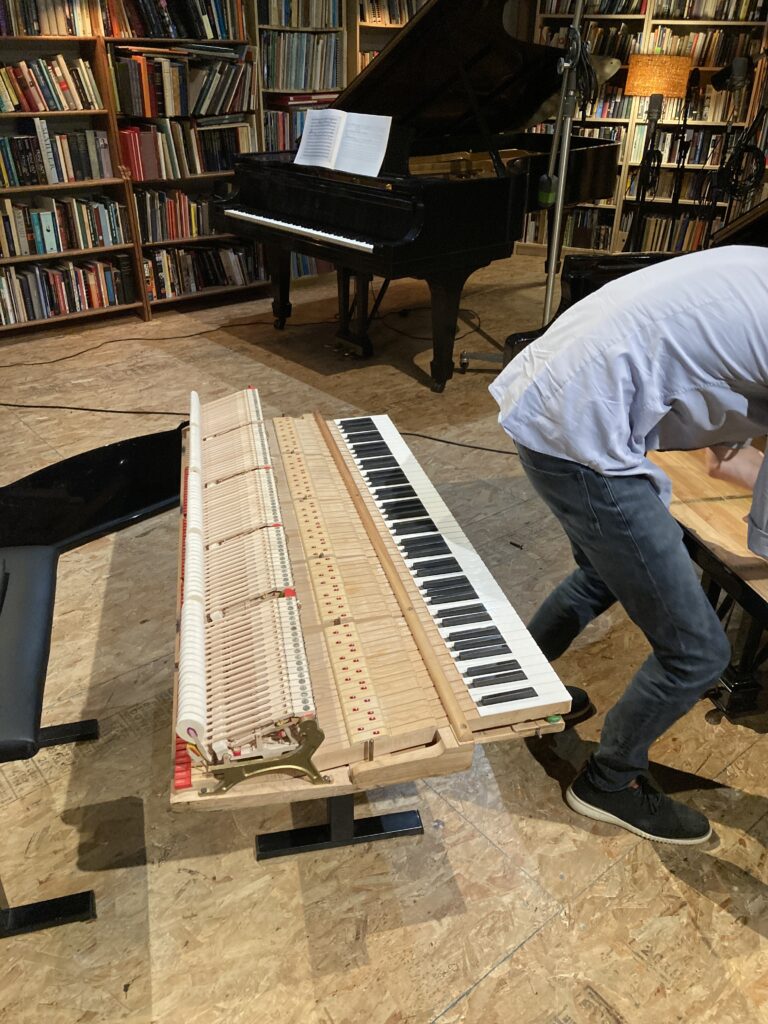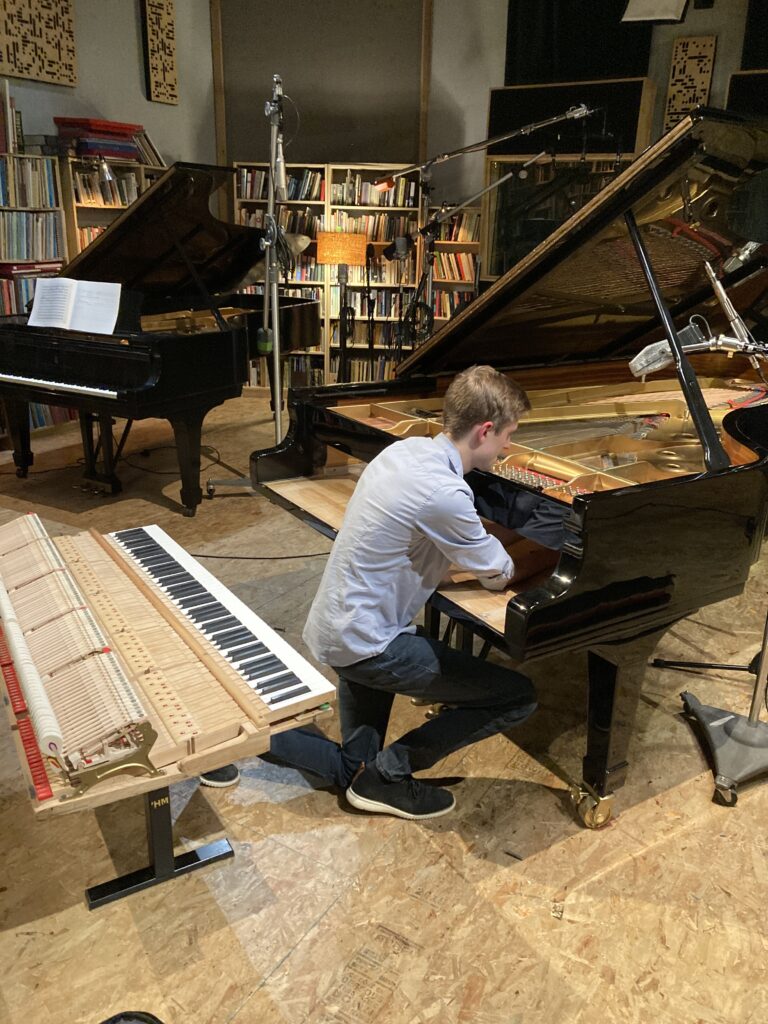Song cycle for voice and piano
Martha Stewart has been a part of my life for as long as I can remember, and I have followed her avidly into the arena of social media, first on Twitter, and then on Instagram, which is where she has truly blossomed.
Martha’s instagram — and here note that I am decidedly not talking about the Martha Stewart branded instagram account, I mean her personal instagram — is a magical window into her world. It is, in every sense of the word, authentic. It is not managed or massaged by corporate flunkies. It is filled with photos that range from poorly-lit restaurant interiors to family safari trips to make-up sessions getting ready for photo shoots.
Martha’s life is about the closest approximation of what royalty would look like on this side of the Atlantic. She owns multiple properties which she rotates between, moving from town to country on a seasonal basis. As much as she loves her technology, she revels in the glories of the pre-modern era: sowing her fields and harvesting their produce, riding horses through her country paths, bedecking her home with floral arrangements, and caring for the animals she surrounds herself with, especially the peacocks.
Instagram is an image-focused platform, but the real magic of Martha’s account is in the captions, and that’s what inspired the song cycle. Martha’s captions are a form of modern poetry, brimming with her unique lexicon, syntax, and punctuation. They are just the sort of text I love to work with.
This project was a labor of love and a sort of music-therapy sanity project; I wrote it after many, many months of Covid lockdown, mostly as a way to entertain myself. I scoured Martha’s posts, going back to the very beginning, something like 7 or 8 years’ worth of content. Captions were condensed, grouped, and edited.
In musicology, we sometimes talk about “topic theory” — the idea that composers turn to specific subject matter that’s rendered through music. “Hunting music” for example (6/8 meters, horns, galloping rhythms) or “Pastoralism” (lydian mode, the English horn). Well, for me, La Bonne Chose is my chance to engage with a “Seasons Cycle,” along the lines of Vivaldi’s Le quattro stagione or Haydn’s The Seasons or Tchaikovsky’s piano cycle of the same name.
Each season contains four songs, for a grand total of sixteen in the cycle. There is one recurring tune that appears in each of the sections, namely the “peacock” motive. There are four songs devoted to Martha’s peacocks, which mirrors the amount of posts she dedicates to these birds.
And as for the title, I grin with delight that I came up with something so apropos (to use an extremely Martha-esque word.) La Bonne Chose follows in the footsteps of Fauré’s La bonne chanson and Bernstein’s La bonne cuisine, but any of you who know Martha’s 90’s catch phrase (and a little French) will get the joke.



